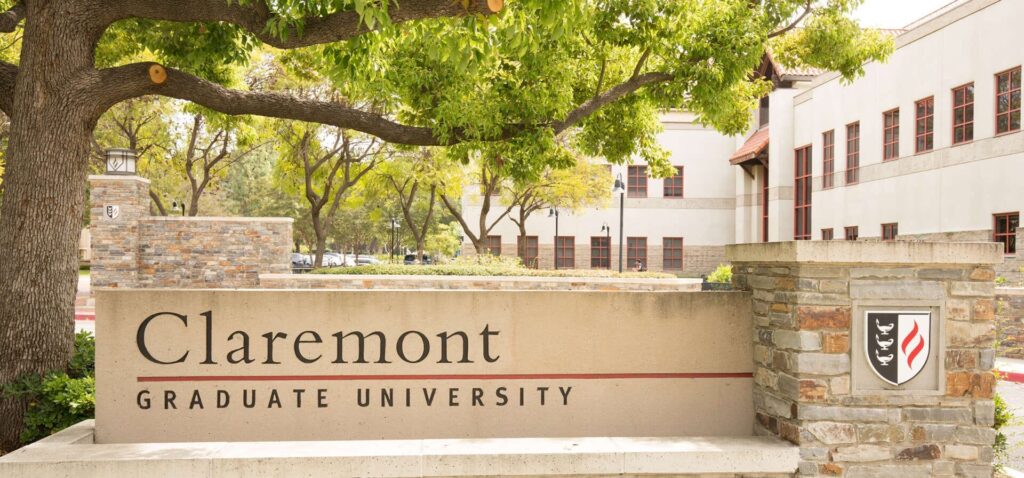Speed limits hot button community issue
The Claremont Traffic and Transportation Commission will review a series of proposed city speed limit increases this Thursday, June 28, at 7 p.m. in the City Council Chamber, 225 W. Second St.
The review is being brought before the commission after the results of a recently completed Radar Speed Survey, a required study for jurisdictions that use radar devices to enforce speed regulations. Radar surveys, completed every 7 to 10 years, are used to report prevailing speeds, accident records and conditions not apparent to the driver. Claremont’s last survey was completed in 2005.
The proposed regulation changes are needed in order to comply with state standards, according to a city news release. The state of California requires that the speed limit on a street be as close as possible to the speed of the 85th percentile, or the speed that 85 percent of the traffic actually travels either at or slightly below. Many of the city’s streets are not in compliance with current standards and therefore speed citations have not been upheld in traffic court, according to Loretta Mustafa, senior engineer with the city of Claremont. Changes are needed for law enforcement.
“These tickets are being thrown out [of traffic court] because they are so far away from the 85th percentile that the judge feels they are not enforceable,” Ms. Mustafa said. “There is public outcry and concern shared by all of us. Unfortunately, it comes down to we need to give our police officers enforceable speed limits.”
Stricter state regulations, which went into effect after the city’s last survey, have forced city officials to re-evaluate current speed limits. The 2010 California Manual on Uniform Traffic Control Devices (MUTCD) calls for the speed to be set to the nearest 5 miles per hour (mph) increment from the 85th percentile speed. When the city conducted the last survey, the MUTCD requirement was that the speed be set within 5 mph of the 85th percentile speed.
To comply with these more stringent standards, a proposed 5 mph increase will be added on 11 city streets, including Mt. Baldy Road, Scripps Drive and College Avenue. Many residents have already vocalized concerns because many of the proposed changes will affect speeds near local schools, several increased from 25 to 30 mph. Others feel the increase is allowing drivers to get away with violating the law.
“Raising the speed limit will only enable more speeding on a street where the speed limit is often ignored,” one Claremont resident wrote. “Instead of waving a white flag, the city should be looking for ways to reduce speeds.”
Rosie Bister, a staff member at Oakmont Elementary, says she is particularly concerned about the change to College Avenue, between Arrow Highway and First Street, a busy crossing area for Oakmont school children and other pedestrians. Increasing the speed in that location is adding further risk to an already dangerous location, Ms. Bister asserts.
“It’s a really busy area and people flow through that traffic light all the time. It sneaks up on you,” Ms. Bister said in a recent interview. She added in a written comment, “Many years ago a child was killed there and we cannot chance another precious life being taken.”
Though in agreement with concerns like Ms. Bister’s, Ms. Mustafa acknowledged that the city has taken steps to reduce the speeds as much as possible within the rule of the law. The MUTCD allows a maximum reduction of 5 mph if extenuating circumstances are identified, like the curvature of a road or a street’s proximity to a school. College Avenue is among those with granted lower speed limits because of such circumstances, according to Ms. Mustafa. Though city engineers are recommending a change on College Avenue from a 25 mph speed limit to 30 mph, she says the 85th percentile was measured at 33.
“Technically, it is supposed to be set at 35 mph, but we’ve said no because of the extenuating circumstance,” Ms. Mustafa said, “but we can’t go any lower. We’ve done as much as we can based on state laws and regulations provided to us.”
The increases “are a frustration to us all,” said Ms. Mustafa, adding that state speed regulations have created controversy not only at the local government level, but at the state level as well. Several senate bills have been introduced over the years, but with little effect, to mitigate today’s rigid standards. The California Highway Patrol remains a strong supporter of the strict guidelines.
The public is invited to Thursday’s meeting to voice comments or concerns on the proposed changes. Those unable to attend the meeting may submit questions or comments to the city’s Engineering Division by calling 399-5465. Ms. Mustafa reminds residents that Thursday’s meeting is only the first step in the review process. The Claremont City Council will be required to review the proposed speed change before an ordinance can be adopted.
—Beth Hartnett










0 Comments